All year round in the vegetable garden: this is what you can do every month
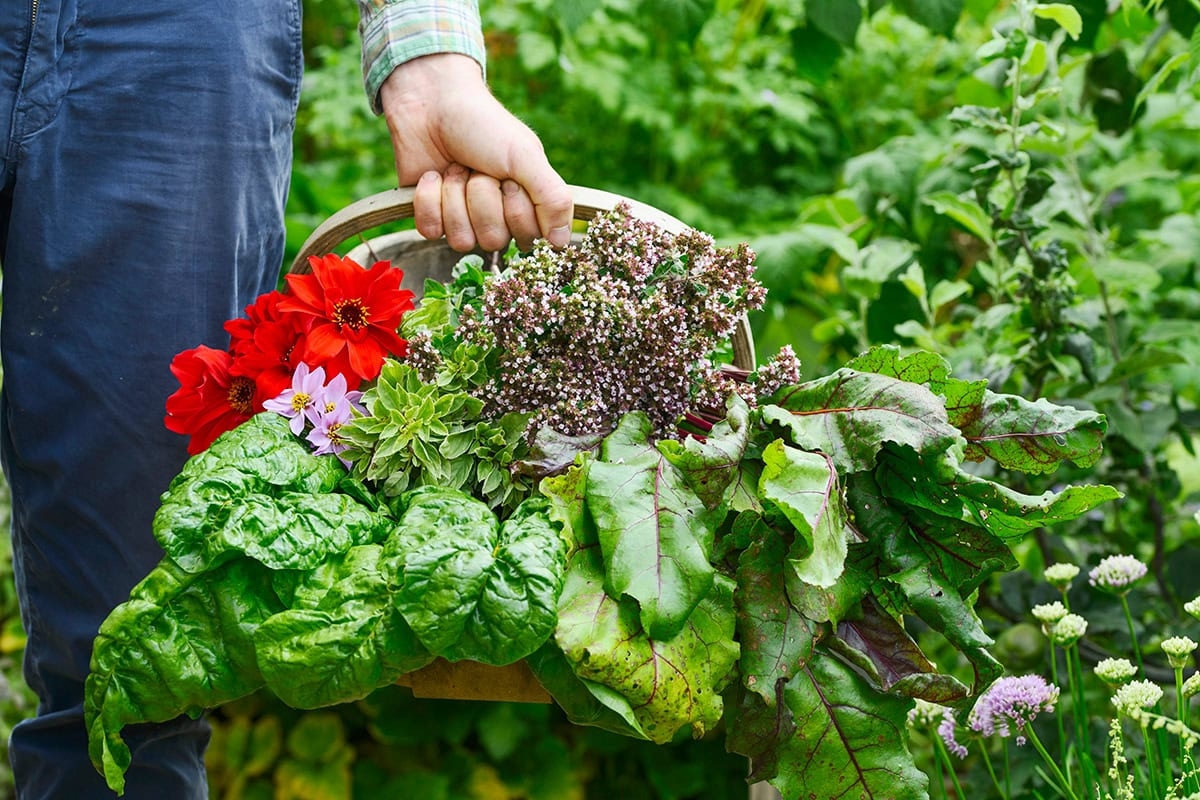
Plan your entire year in the vegetable garden now and eat the tastiest and freshest vegetables, fruits and herbs from your own garden all year round.
Read more below the advertisement

One of the best things about gardening is that every year offers new possibilities. You can always start over and decide which vegetables you'll try – and which varieties you absolutely want to grow again. Prepare for your year in the garden with the following guide, and your gardening year will be a success!

January is a good month to order your seeds for the coming vegetable garden year. And if you're really itching to get started, start sowing crops that need a long growing season, like peppers. Use a greenhouse or heated propagator for this. You can also plant garlic and sow broad beans outdoors.

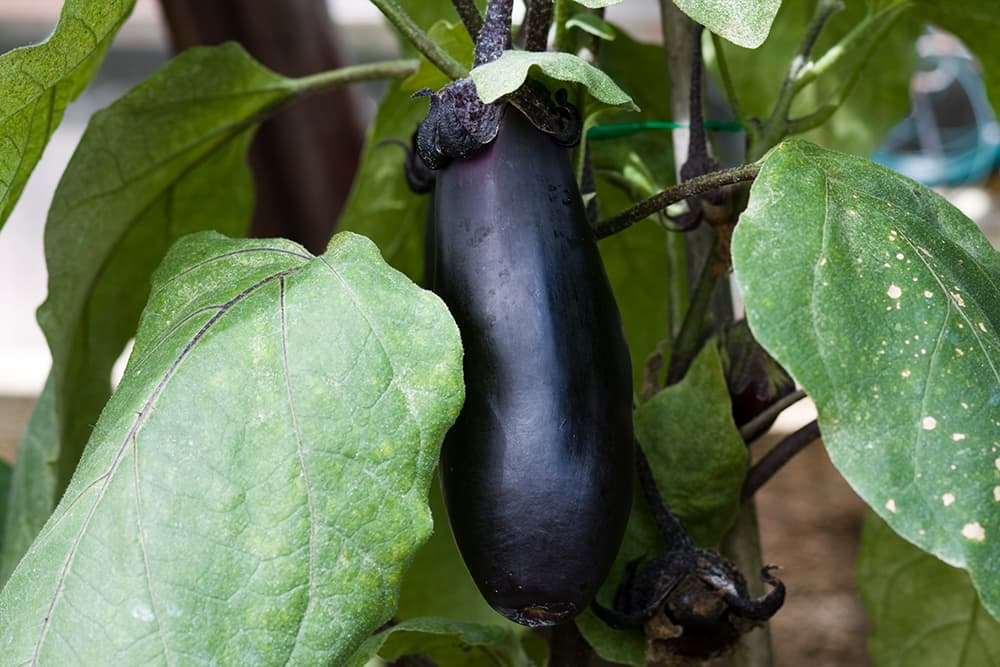
Crops you sow early often need extra warmth to germinate. In addition, the young seedlings need as much light as possible to prevent them from growing tall and lanky. A heated propagator, perhaps with grow lights, is more than worth the investment!

- Our best tips for year-round cooking from your own garden
- From patio to allotment: vegetable gardening is possible everywhere!
- With recipes from famous Dutch and Flemish chefs

- Also to do in February: prepare the vegetable garden soil, place seedling clocks, harvest the last kale, plant rhubarb, prune apple and pear trees, and pre-sprout potatoes .


As the days lengthen and the soil warms, the vegetable garden becomes a hive of activity. You want to prepare the soil, sow seeds (and prick them out and transplant them), and plant out the first crops. Start early, and you'll have a head start.
Sow vegetables in March: aubergines, peppers and tomatoes (under glass), broad beans , peas , beets , Swiss chard, radishes , kale , spring onions, early potatoes (outdoors), shallots, onions and lettuce (protect under fleece).


April is doing what it wants, and even though daytime temperatures are rising, there's still a risk of night frost. Many crops can already be sown outdoors, but be careful when planting out cold-sensitive plants. If you already have sensitive plants outside, protect them from frost with fleece.
Tip!
Sow vegetables in April: aubergines, peppers, tomatoes, courgettes, pumpkins, cucumbers, leeks (under glass), beets, carrots, celeriac, peas, radishes, lettuce, spinach, Swiss chard, broad beans, spring onions (outdoors), plant mid-early potatoes (until mid-April), mid-late potatoes (throughout April), plant onions, shallots and Jerusalem artichokes, plant spring garlic.
Also do in April: thin out seedlings, check for pests (such as aphids ), continue weeding , harvest your first radishes.

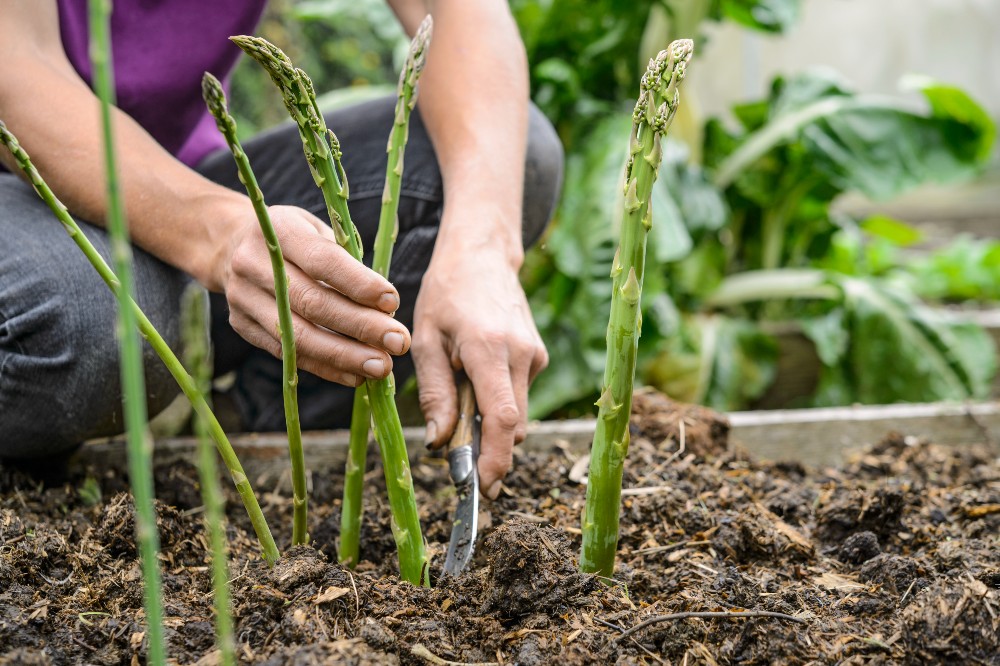
Now that the risk of night frost from the Ice Saints onwards is almost over, you can sow all your crops directly outdoors . But before transplanting your indoor-grown plants outdoors, you must harden them off to prevent them from stunting their growth.
Sow vegetables in May: beets, spinach, lettuce, peas, radishes, carrots , spring onions (outside), cucumbers, runner beans, courgettes , pumpkins (inside for the Ice Saints, then outside).

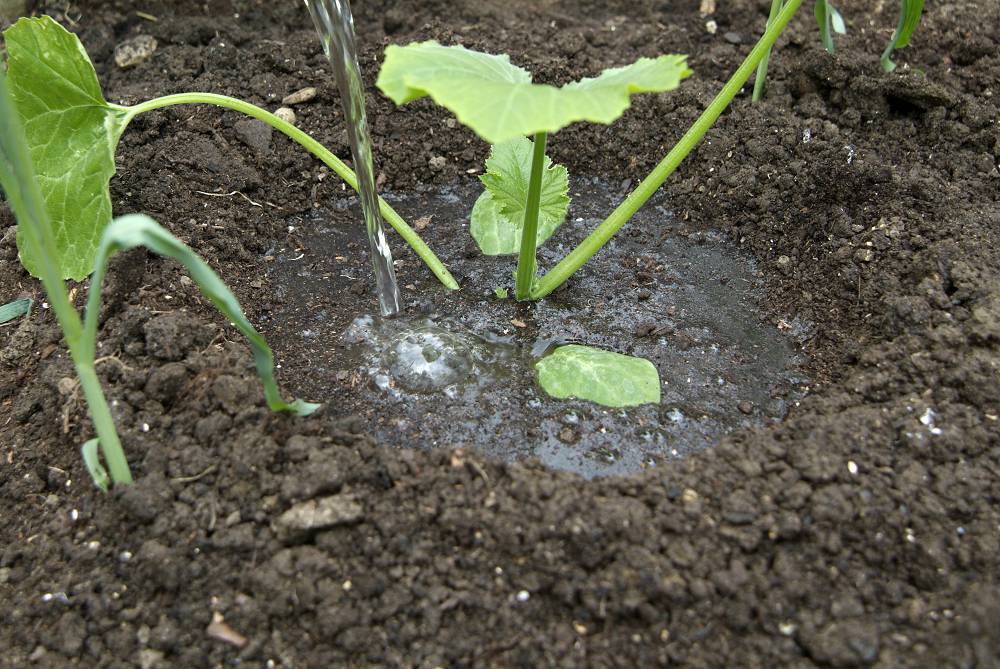
Continue sowing fast-growing vegetables like beets, radishes, and lettuce. Sow a little each week, and in a few weeks, you can harvest fresh vegetables every week. You can also sow carrots, but be sure to protect the plants from carrot root fly with netting. Also, sow runner beans, French beans, and zucchini directly in the ground for a later harvest.
Vegetables to sow in June: lettuce and radish (a little every week), beets, peas, various types of beans, spring onions, courgettes, carrots, asparagus broccoli, the last pumpkins, fennel, bok choy (after 21 June).

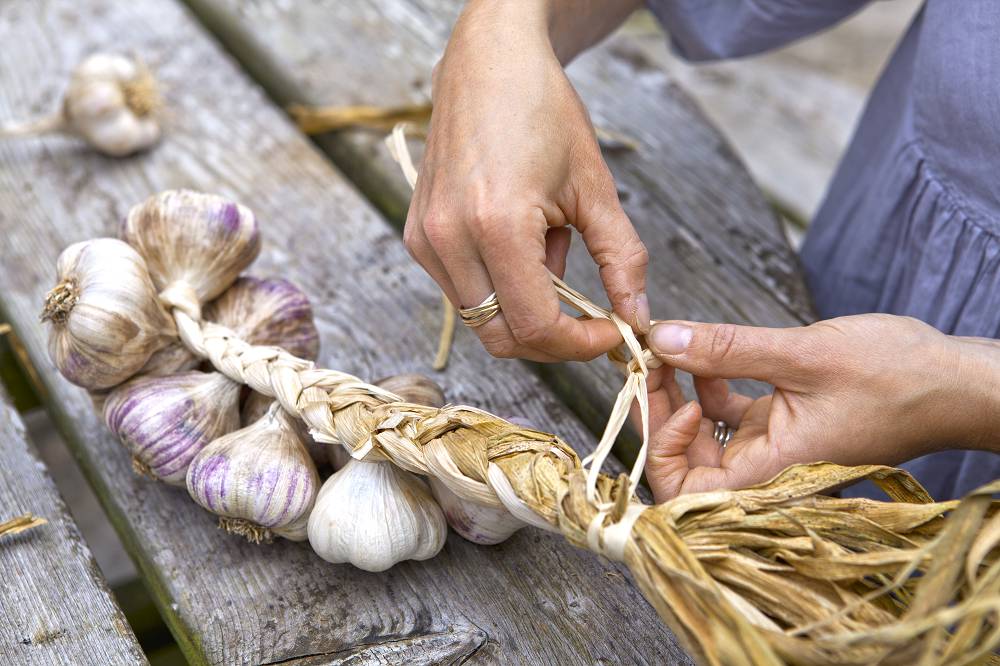
Now that summer is at its peak, you can start thinking about... winter! Start sowing your winter vegetables to continue harvesting from your garden later in the year. You can also sow carrots now to prevent carrot fly, and continue sowing other crops to spread out the harvest (like radishes, beets, lettuce, and beans). Want to harvest potatoes for Christmas? Then plant them now.
Vegetables to sow in July : runner beans and French beans , Swiss chard (for harvest next spring), kale, winter cabbage, spinach, spring onions, carrots, Christmas potatoes, radishes, beets, lettuce, turnips.
Also do in July: watch for signs of mold in warm and humid weather, pinch out your tomatoes regularly, water in warm and dry weather , harvest cherries, beans, zucchini, blueberries, shallots, garlic and more.



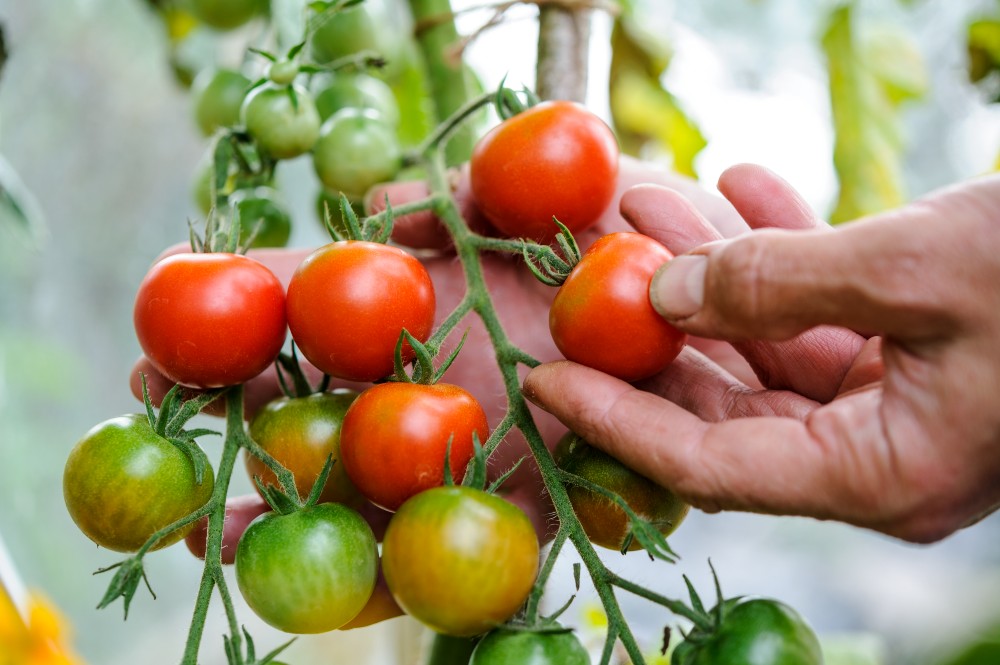





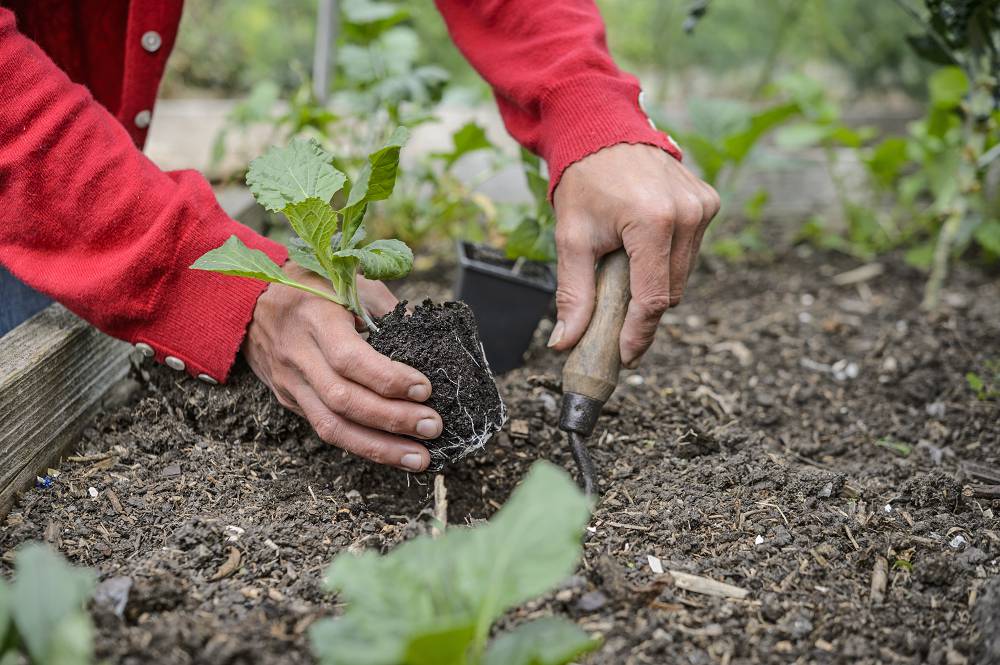






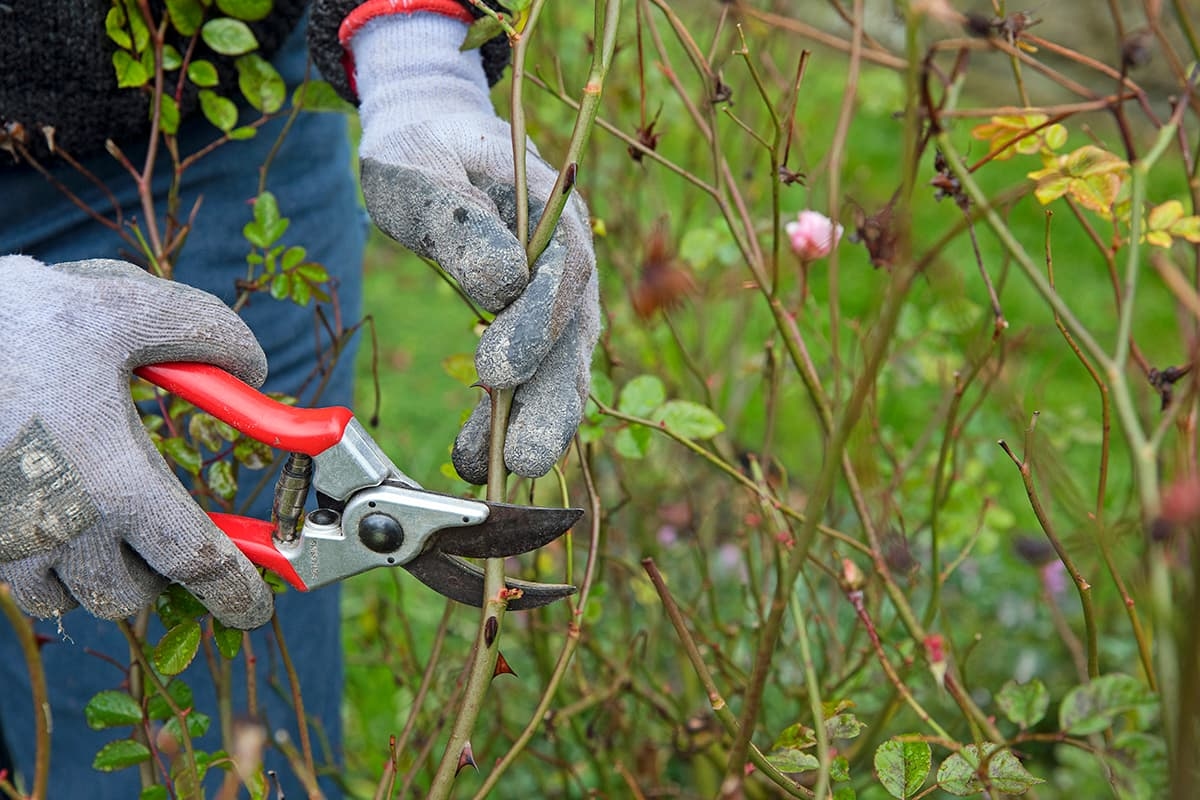
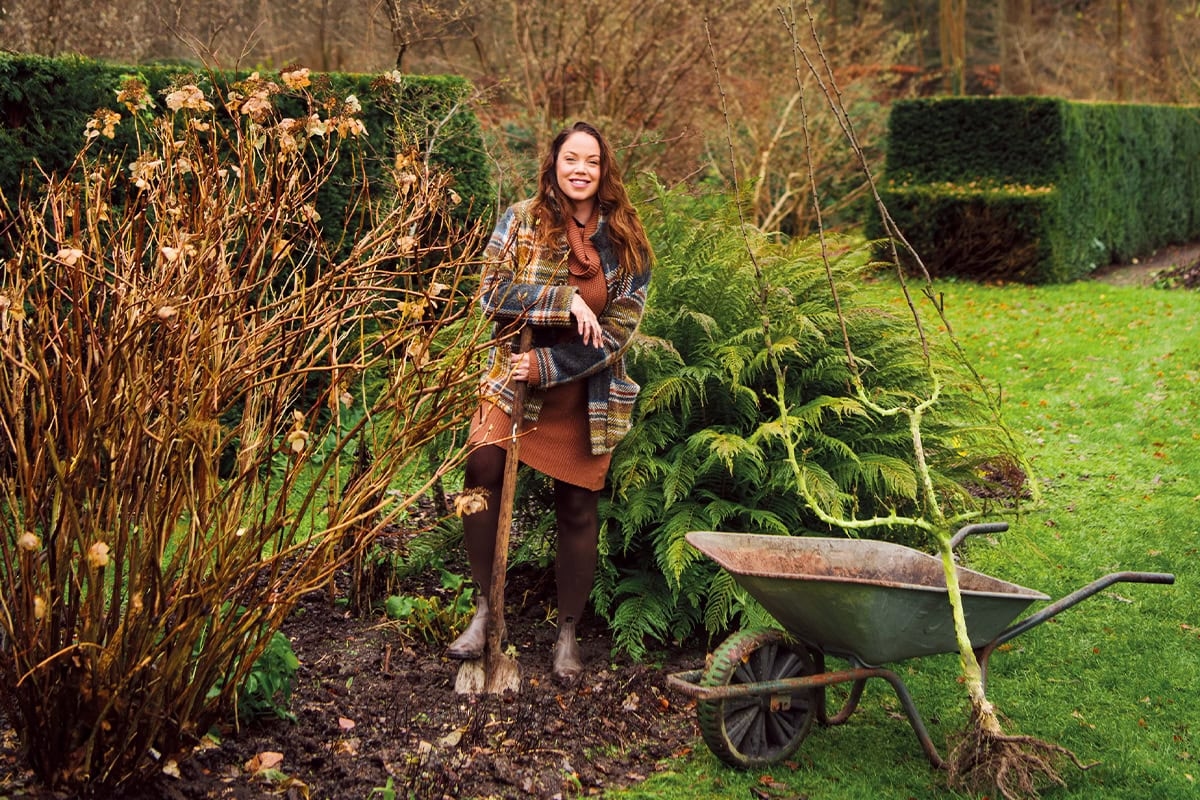
%3Aformat(jpeg)%3Abackground_color(fff)%2Fhttps%253A%252F%252Fwww.metronieuws.nl%252Fwp-content%252Fuploads%252F2025%252F10%252FZuid-Tirol-Dolomieten-2.jpg&w=3840&q=100)

%3Aformat(jpeg)%3Abackground_color(fff)%2Fhttps%253A%252F%252Fwww.metronieuws.nl%252Fwp-content%252Fuploads%252F2025%252F11%252Fpexels-olly-842912.jpg&w=3840&q=100)